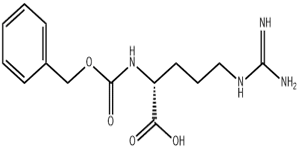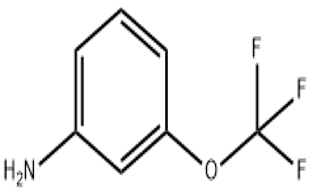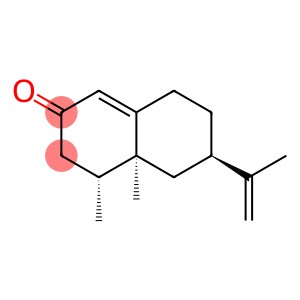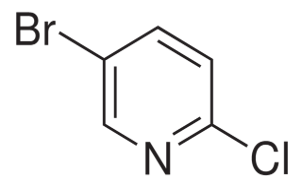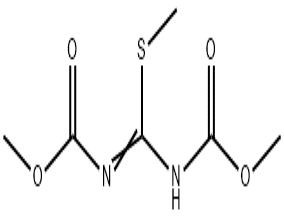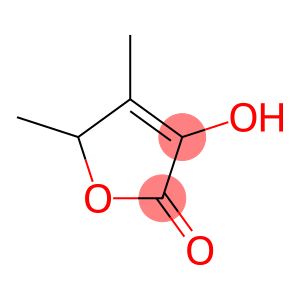Z-D-ARG-OH(CAS# 6382-93-0)
| Safety Description | 24/25 – Avoid contact with skin and eyes. |
| WGK Germany | 3 |
| HS Code | 29225090 |
Introduction
N-benzyloxycarbonyl-D-arginine, also known as Boc-L-Arginine (Boc is the N-benzyl protecting group). The following is an introduction to its nature, use, preparation method and safety information:
Quality:
N-benzyloxycarbonyl-D-arginine is an organic compound. It is a white crystalline powder that is slightly soluble in water and more soluble in organic solvents such as dimethyl sulfoxide and methanol.
Use:
N-benzyloxycarbonyl-D-arginine is often used as a chemical reagent, especially in peptide synthesis, as an important intermediate for synthesis, protection, regulation, and characterization of amino acid sequences. It can be used to prepare biologically active peptides or proteins, such as antibodies, enzymes, and hormones, among others.
Method:
The preparation of N-benzyloxycarbonyl-D-arginine is complex and usually utilizes further functional group protection. Benzyl alcohol was reacted with D-arginine to form a benzyloxycarbonyl protecting group, and then other protective groups were introduced sequentially through chemical reaction to obtain the final product N-benzyloxycarbonyl-D-arginine.
Safety Information:
N-benzyloxycarbonyl-D-arginine has no significant toxicity under general conditions of use. As a chemical substance, it still needs to follow safe operating procedures. Care should be taken to avoid direct contact with the skin and eyes, and to ensure that the operation is in a well-ventilated area. During use and storage, keep away from combustibles and strong oxidants. If necessary, wear appropriate personal protective equipment such as lab gloves, goggles, etc. If swallowed, inhaled, or in skin contact with the compound, seek medical attention immediately.


